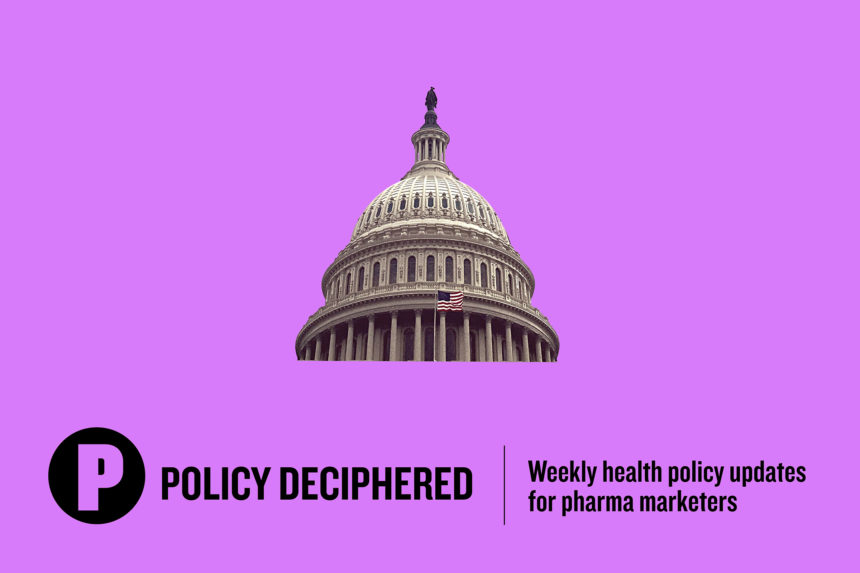The Food and Drug Administration has evaluated the effectiveness of its youth anti-smoking campaign. Short answer: it worked!
Researchers from the government agency and nonprofit RTI have found that awareness campaign The Real Cost prevented between 380,000 and 587,000 teens from starting to smoke, according to the study published in the American Journal of Preventive Medicine.
The organizations questioned teens about their awareness of the campaign, media market exposure and whether they smoke. In a series of five surveys, the research found that teens who either live in a media market with more campaign ads or who self-reported seeing the push had a lower risk of starting smoking.
The FDA estimated that The Real Cost reached 95% of its target audience, youth ages 12 to 17. About 21.9 million people from that cohort have visited The Real Cost’s website and 31.6 million have engaged with the FDA on social media, the agency said in a statement.
A 2018 FDA survey found that 20% of high schoolers currently use e-cigarettes, a 78% increase from the previous year. That’s about 3.6 million high schoolers using e-cigarettes. To compare, about 8% of teens used only cigarettes and 5.9% used smokeless tobacco like dip, according to the survey.
The study examined the first two years-plus of The Real Cost, from its launch in February 2014 to November 2016, a period when the campaign was focused on cigarettes and smokeless tobacco. The initiative was expanded this year to include messages specific to e-cigarettes and vaping.
In July, the FDA launched the first TV ads for The Real Cost focused on vaping. The ads feature street magician Julius Dein turning unsuspecting teens’ vapes into cigarettes, with the message that they are more likely to transition to traditional smoking. The ads appear on networks such as TeenNick, CW, ESPN and MTV along with music-streaming websites and social networks.
Although this study didn’t examine the vaping portion of the campaign, it suggests that portion of the push could also have a wide reach and prevent teens from picking up the e-cigarette habit.
“These efforts are yielding tremendous results that are benefitting our nation’s youth and society as a whole and are being carried over into our work to educate youth about the dangers of e-cigarette use,” said acting FDA Commissioner Ned Sharpless, in a statement.







